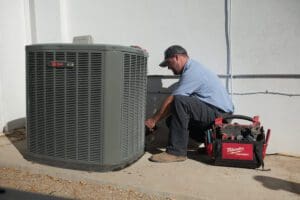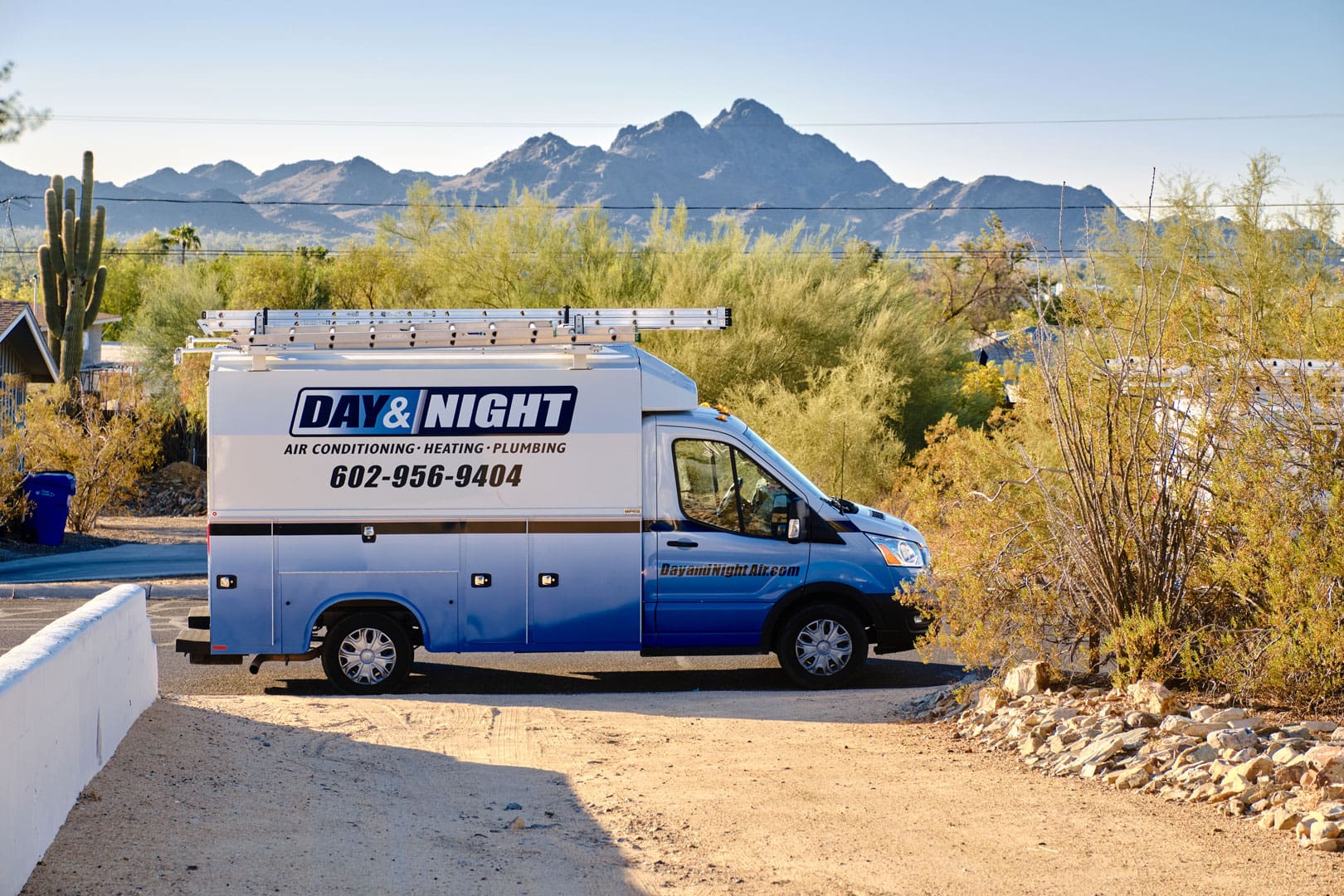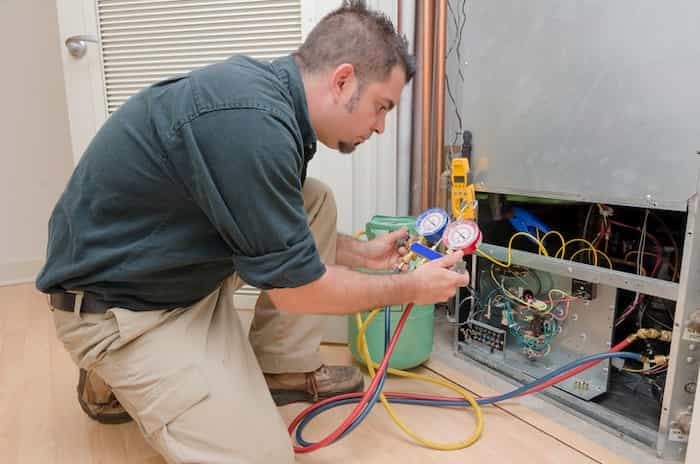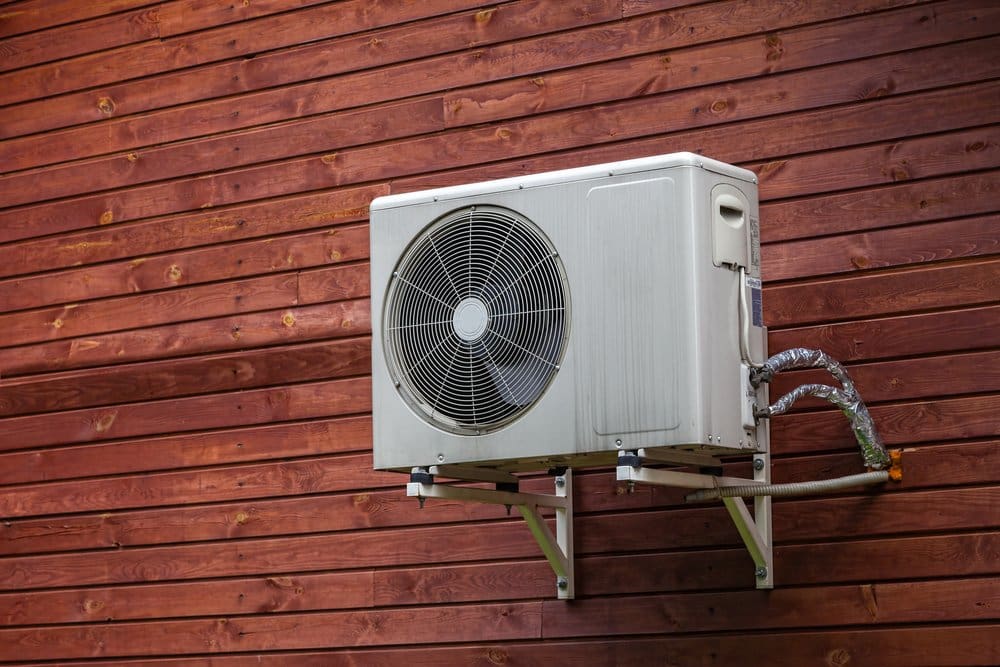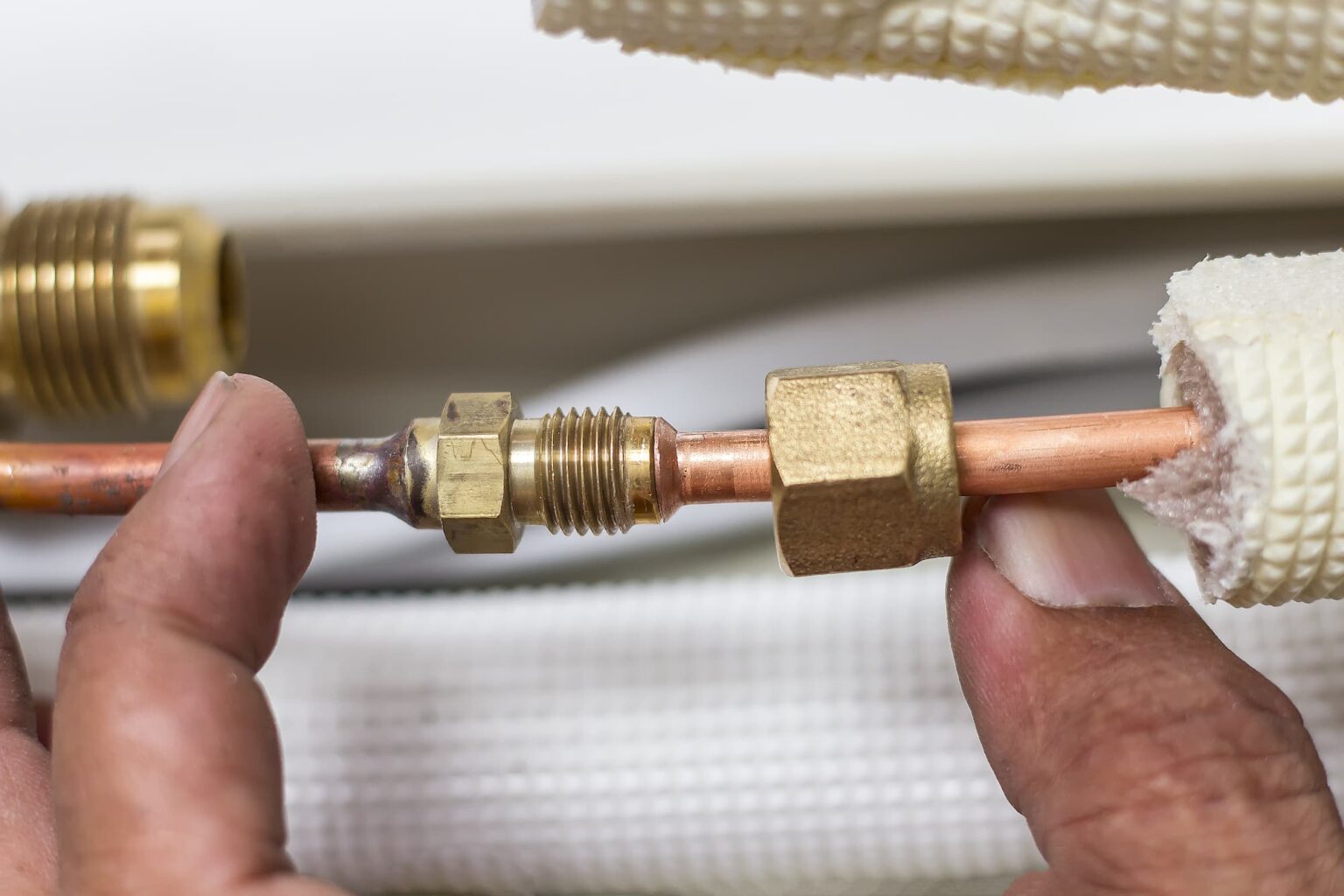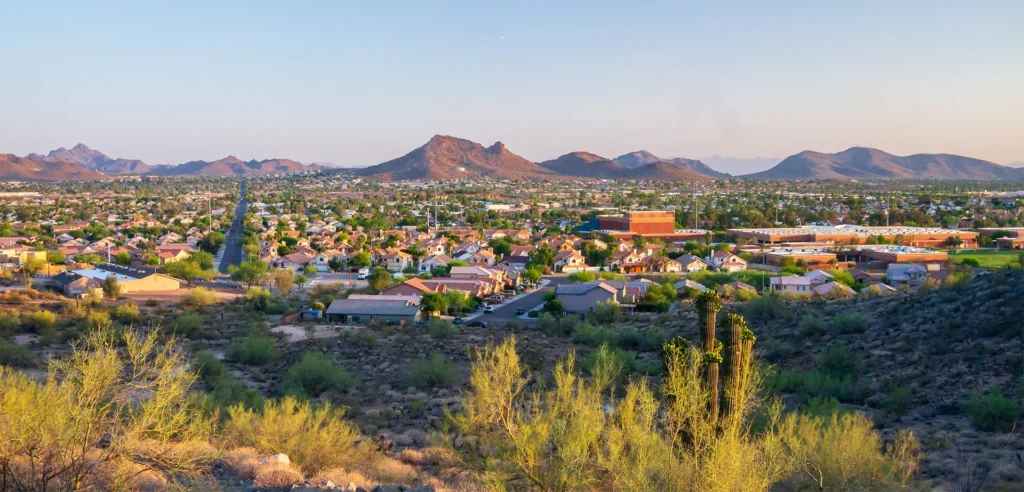When the temperatures dip in Arizona, you may notice your heat pump is running a bit differently. This is nothing to worry about due to your heat pump initiating the defrost cycle. The heat pump goes through this normal, necessary process when the temperature gets colder outside. The defrost cycle helps your heat pump and your overall HVAC system operate more efficiently.
Jump to Read a Section
- What is the Heat Pump Defrost Cycle?
- How does the heat pump defrost cycle work?
- How often will my heat pump switch to the defrost cycle?
- Why is my heat pump defrost cycle not working?
- How to prevent issues with your heat pump
- Contact us
What is the Heat Pump Defrost Cycle?
When a heat pump is operating in the heating mode or heat cycle, the outdoor air is relatively cool. The outdoor coil acts as an evaporator, the same way an indoor coil would in the cooling mode. When certain outdoor conditions exist, the outdoor coil can begin to frost or ice. After the system is operating in heating for an extended period of time, the outdoor coil temperature may drop to a level that requires the system to switch into defrost mode in order to remove potential ice and frost build-up. The defrost cycle on your heat pump is activated when the temperature of the outdoor coil drops 32 degrees. At 32 degrees or below, frost can form on the coil which can cause damage if allowed to build up.
In heating mode, a heat pump pulls heat from the outside air and transfers it inside to warm it. The outdoor air is cool, so the outdoor coil acts as an evaporator. When the air is cold, the moisture in the air freezes on the outdoor units heat exchanger, and frost can form on the coil which then needs to be removed. The defrost cycle is what removes the frost.
How Does the Heat Pump Defrost Cycle Work?
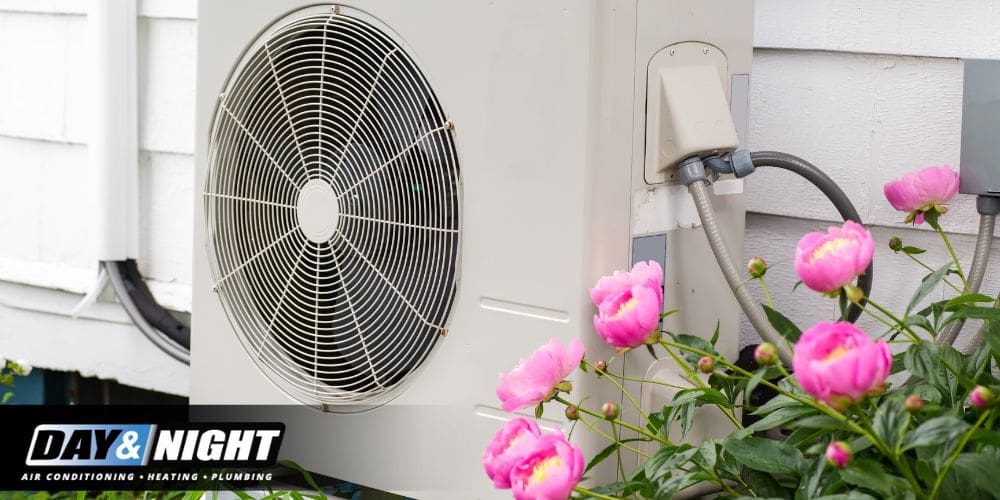
While in the defrost mode, the system shifts refrigerant flow back to the same direction it is pumped in cooling. It is normal to hear the shift of the flow of refrigerant, and some noise from the compressor when this cycle initiates. The outdoor fan normally cycles off during this time, to heat the outdoor coil more rapidly, expediting the process of thawing. This will normally create steam from the condenser section, and cause water to drain from it. Both of these reactions are normal during the thawing process. Your heat pump will switch to cooling mode to warm the coil and melt the ice.
An unfortunate side effect of the defrost cycle takes place inside the home, while all of this is happening outside. For the duration of the defrost cycle, the indoor coil is cold, resulting in cold air being blown into the conditioned space. This is normal during the defrost cycle, and must not be interrupted by turning the thermostat off. If the defrost cycle is interrupted, it will automatically start in this cycle again when the system is turned back on, until it can prove the outdoor coil is at an adequate temperature for normal operation in heating to reinitiate.
Once the defrost cycle is satisfied, the system will return to normal heating operation. This process usually takes 5-10 minutes and will happen most often in the early morning, when outdoor temperatures are coldest and most homeowners are trying to warm the home by a couple of degrees.
How Often Will My Heat Pump Switch to the Defrost Cycle?
There are a number of factors which influence when a heat pump switches over to the defrost cycle. The main factors are outdoor temperature and humidity. Other factors include the amount of heat load the system is trying to deliver and the condition of the pump system. Heat pumps will typically defrost regularly when frost conditions occur. The frequency of defrosts should be no more than roughly every 35 minutes. The length of time the heat pump will defrost will vary, though typically it should not take longer than 10 minutes. The defrost cycle is meant to be long enough to melt frost or ice, but short enough to be energy efficient.
Why Is My Heat Pump Defrost Cycle Not Working?
The defrost mode on your heat pump might stop working completely, or it can get stuck in this mode. Moreover, certain issues can also force your heat pump to go into defrost mode frequently. There could be different reasons why that happens; some are easy fixes while others require professional attention.
- Faulty Sensors
- Refrigerant Leaks
- Electrical Issues
- Improper Installation
- Damaged Coils
- Outdoor Unit getting clogged
How To Prevent Issues with Your Heat Pump
The average lifespan of a heat pump in Arizona is about 10 years. To get the most out of your heat pump and keep it running efficiently, consider becoming a VIP Club Maintenance Plan member. The Day & Night VIP Club can pay for itself in many ways including extending equipment life, utility savings, discounts, and by catching minor problems before they become major. There is a $0 service call fee, 1 annual plumbing inspection, 2 year warranty, and a 10% discount on all repairs, among other valuable rewards.

Contact Day & Night Air for Expert Heat Pump Service in Phoenix, AZ
At Day & Night we have decades of experience in taking care of HVAC and plumbing systems. As certified professionals, we can detect problem areas before they get serious, saving you the trouble of worrying about repairs. Our goal is to help you select the best option for your lifestyle and budget.
We offer a flexible plumbing and air conditioning maintenance plan that adapts to your needs. Along with expert air conditioner maintenance and tune-up services twice a year, you receive our 2-year warranty on all repairs. If you’re looking for HVAC maintenance near you, contact us right away.

